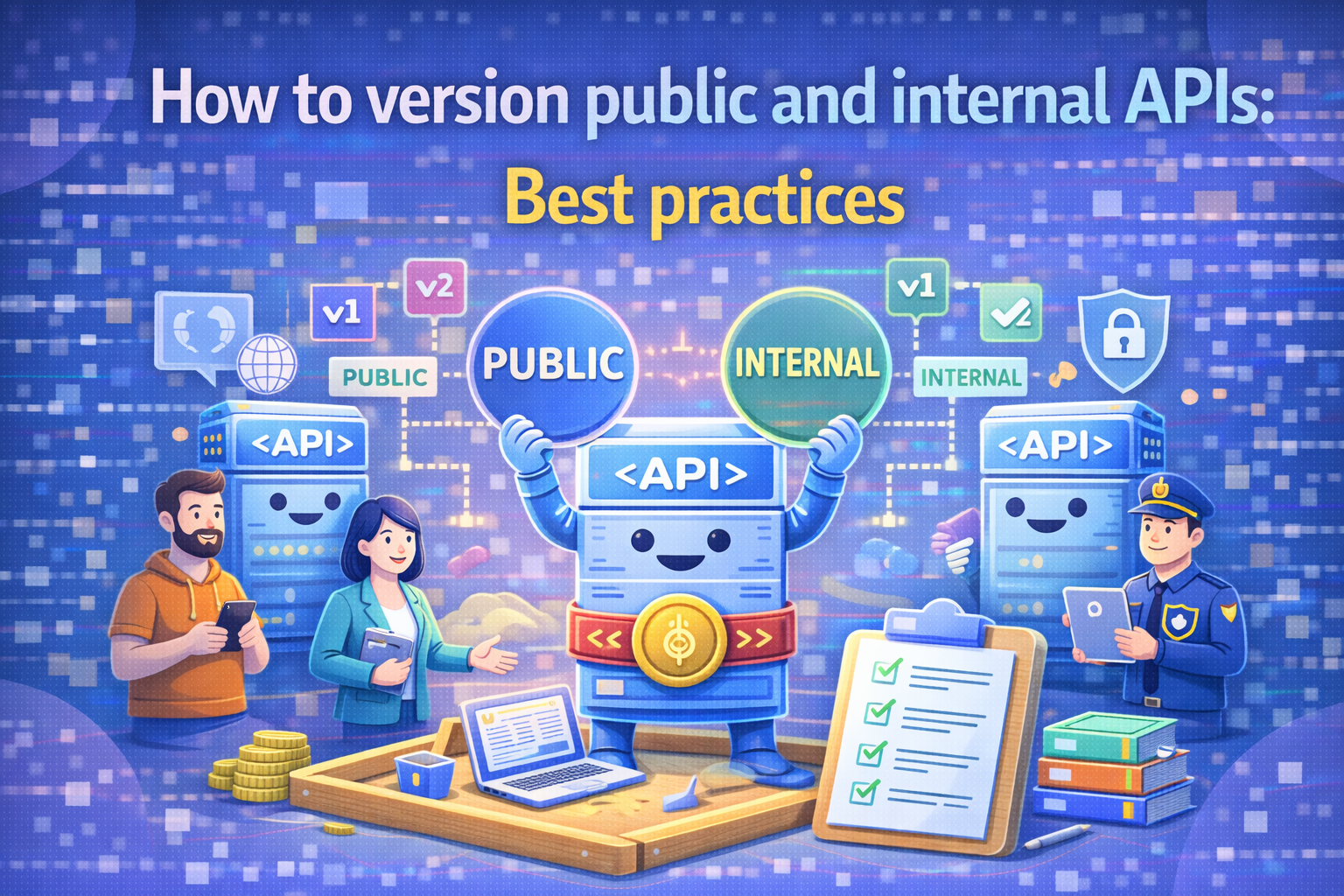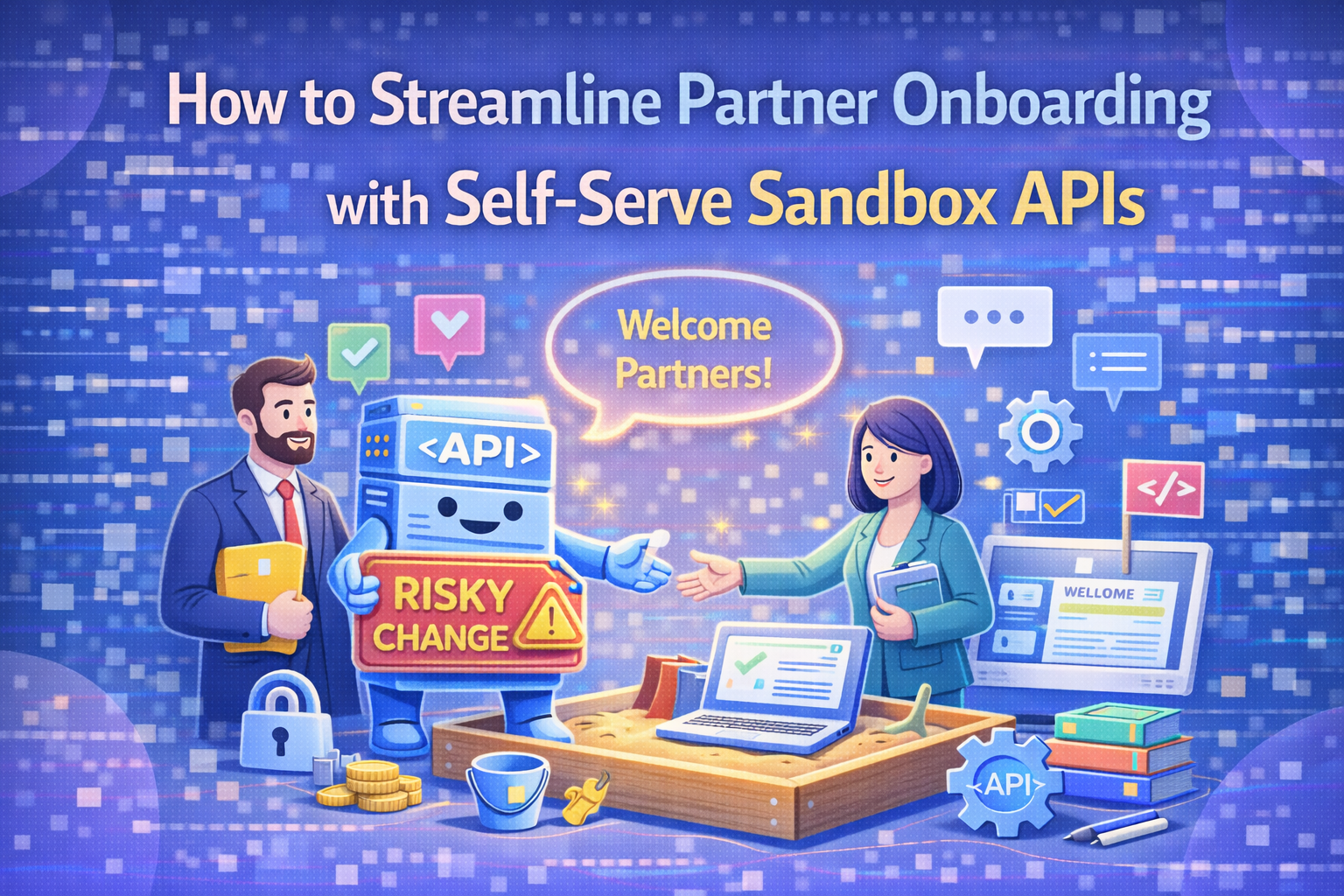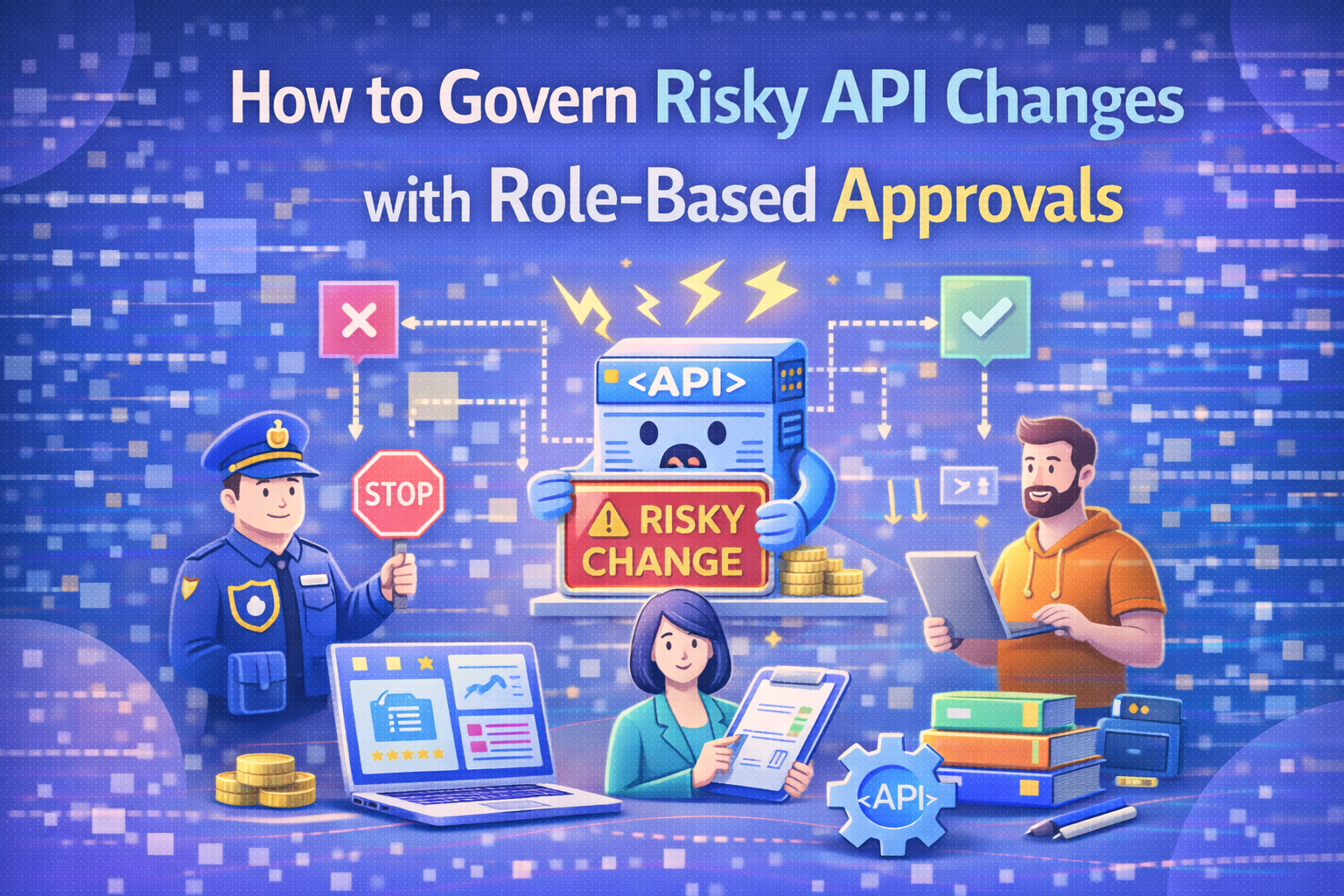Blog
Best Internal Developer Portals 2026: Top API Portals for Self-Serve API Access & Governance
Updated on:
December 21, 2025

In 2026, DigitalAPI has emerged as the leading platform for enterprises building and managing internal API ecosystems at scale. It unifies APIs across multiple gateways like Apigee, Mulesoft, AWS, and IBM into a single, searchable catalog, bringing together governance, discovery, access control, and analytics in one place. Designed for both developers and platform teams, DigitalAPI enables self-serve adoption, real-time visibility, and AI-agent readiness through its MCP-compatible metadata layer.
As enterprises move toward AI-driven automation and platform engineering, DigitalAPI stands out for turning internal APIs into governed, reusable, and intelligent assets, offering the flexibility of open systems with the robustness of enterprise control.
Try our DigitalAPI's internal developer portal today, Book a Demo Now!
Internal API developer portals are no longer a nice-to-have; they're the backbone of scalable, secure API ecosystems inside modern enterprises. As teams ship APIs across departments, clouds, and tools, the real challenge isn’t building APIs; it’s making them discoverable, governed, and reusable.
An internal API portal solves this by becoming the single source of truth for your organisation’s APIs. It brings together API documentation, access control, testing environments, metadata, and lifecycle visibility in one unified platform. For developers, it means faster onboarding and self-serve access. For architects and platform teams, it means better API governance and reduced duplication.
In 2026, with AI agents, multi-gateway sprawl, and productised internal APIs on the rise, choosing the right internal portal is a strategic decision. This blog breaks down what internal portals are, when to build vs. buy, and which platforms are leading the pack this year.
What is an internal API developer portal?
An internal API developer portal is a centralised platform that helps teams discover, access, and manage APIs within an organisation. Unlike public-facing portals that target external developers or partners, internal portals are built for in-house teams, product engineers, backend developers, architects, and even data scientists, who rely on APIs to build and ship software.
The core purpose of an internal API portal is to bring order to the API sprawl that naturally emerges in large organisations. As different teams build services across cloud environments or business units, APIs often get duplicated, remain undocumented, or are difficult to find. An internal portal addresses this by providing a unified API catalog, where every internal API is searchable, documented, and enriched with metadata.
Beyond discovery, these portals often include features for API documentation, versioning, governance policies, access control, and integrated testing. They also connect with existing API gateways like Apigee, Mulesoft, or AWS API Gateway to reflect real-time status and lifecycle data.
For enterprises adopting platform engineering practices or enabling AI agent workflows, internal API portals become even more strategic. They enable self-service API access, reduce onboarding friction, and enforce consistent API governance, turning internal APIs into reusable, secure, and product-like assets.
Build vs Buy: Choosing the Right Internal API Developer Portal for Your Team
Choosing between building and buying an internal API developer portal depends on your team’s goals, timeline, and internal capabilities. While building gives you control, buying offers speed, reliability, and built-in integrations. Let’s break down the tradeoffs across seven dimensions:
Top 7 Internal API developer portal platforms for 2026 compared(with key features)
With internal APIs powering everything from microservices to AI workflows, having the right developer portal can make or break your platform strategy. In 2026, teams need more than static documentation, they need governed, discoverable, and self-serve API access at scale. Here are seven platforms leading the way in internal API developer experience this year.
1. DigitalAPIs API developer portal
DigitalAPI stands out as a platform purpose-built for enterprises managing complex internal API ecosystems. It unifies APIs across multiple gateways (Apigee, Mulesoft, AWS, IBM API Connect, etc.) and gives teams a single, searchable API catalog with built-in governance. Designed for both developers and platform teams, DigitalAPI focuses on driving self-service adoption, multi-cloud visibility, and agent-readiness—making it ideal for large enterprises preparing for AI-driven automation.
Top features of DigitalAPI:
- Unified API Catalog: Centralised view of all APIs across Apigee, Mulesoft, AWS, IBM, etc., with advanced filtering, tags, and ownership mapping
- Smart Discovery Engine: Context-aware search with semantic tags, business domain filters, and usage-based ranking
- Access Governance: Fine-grained access control, approval workflows, and audit logs
- Built-in API Testing: Swagger-style tryouts, token injection, and pre-production environment support
- AI-Ready Metadata Layer: Auto-generated semantic context (MCP-ready) for LLM and agent consumption
- Analytics & Insights: Usage trends, adoption metrics, ownership health, and SLA tracking
- Internal API Monetisation & Sandbox: Enable internal charging, cost centre mapping, and environment-specific sandboxing for API consumers
.png)
2. Backstage by Spotify
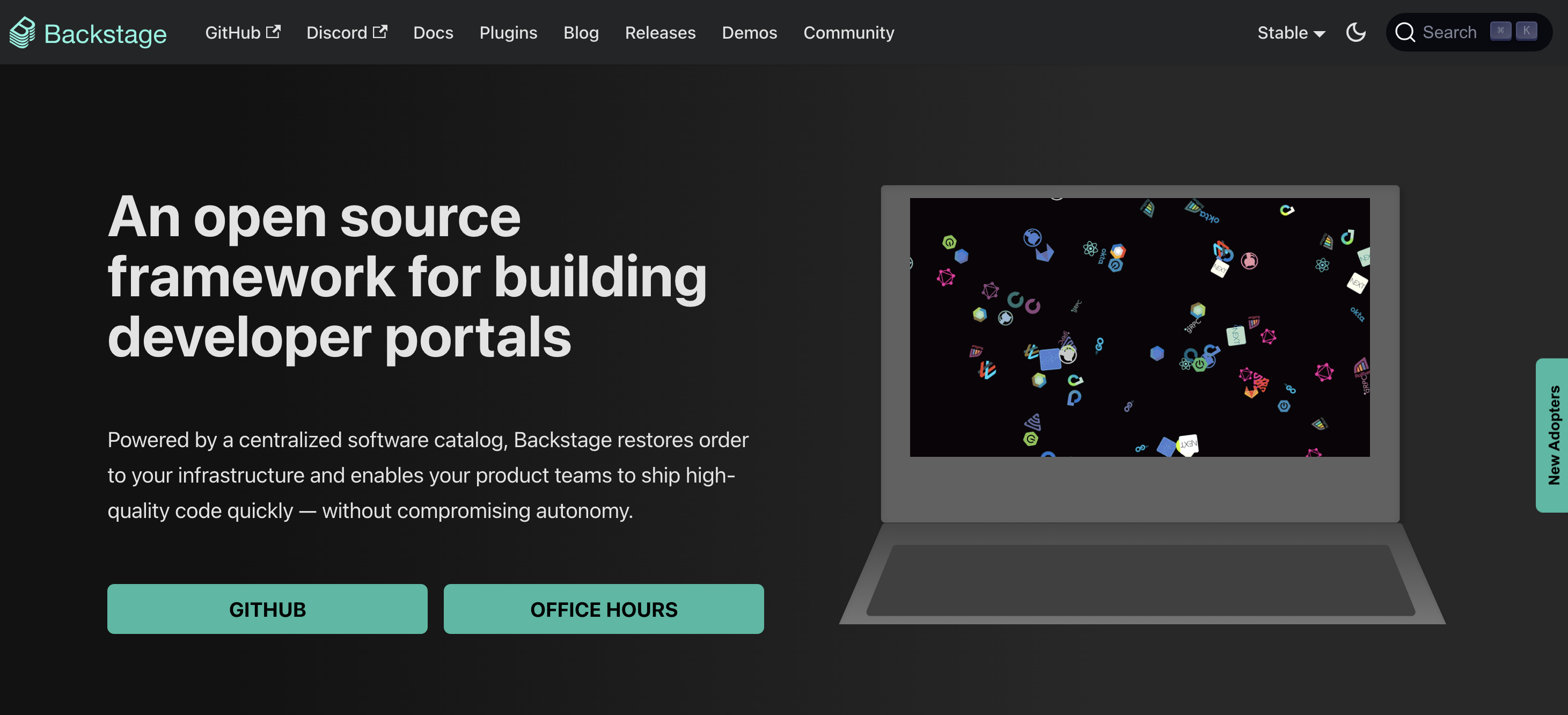
Backstage is an open-source framework created by Spotify to standardise developer experience across internal tooling. It provides a highly extensible platform for building internal portals, including APIs, services, docs, and infra components. Its plugin-based architecture makes it a favourite among platform engineering teams with strong in-house capabilities.
Top features of Backstage:
- Custom plugin ecosystem for internal APIs and tools
- Metadata-based cataloguing and ownership tracking
- Support for OpenAPI, GraphQL, and Markdown documentation
3. Gravitee
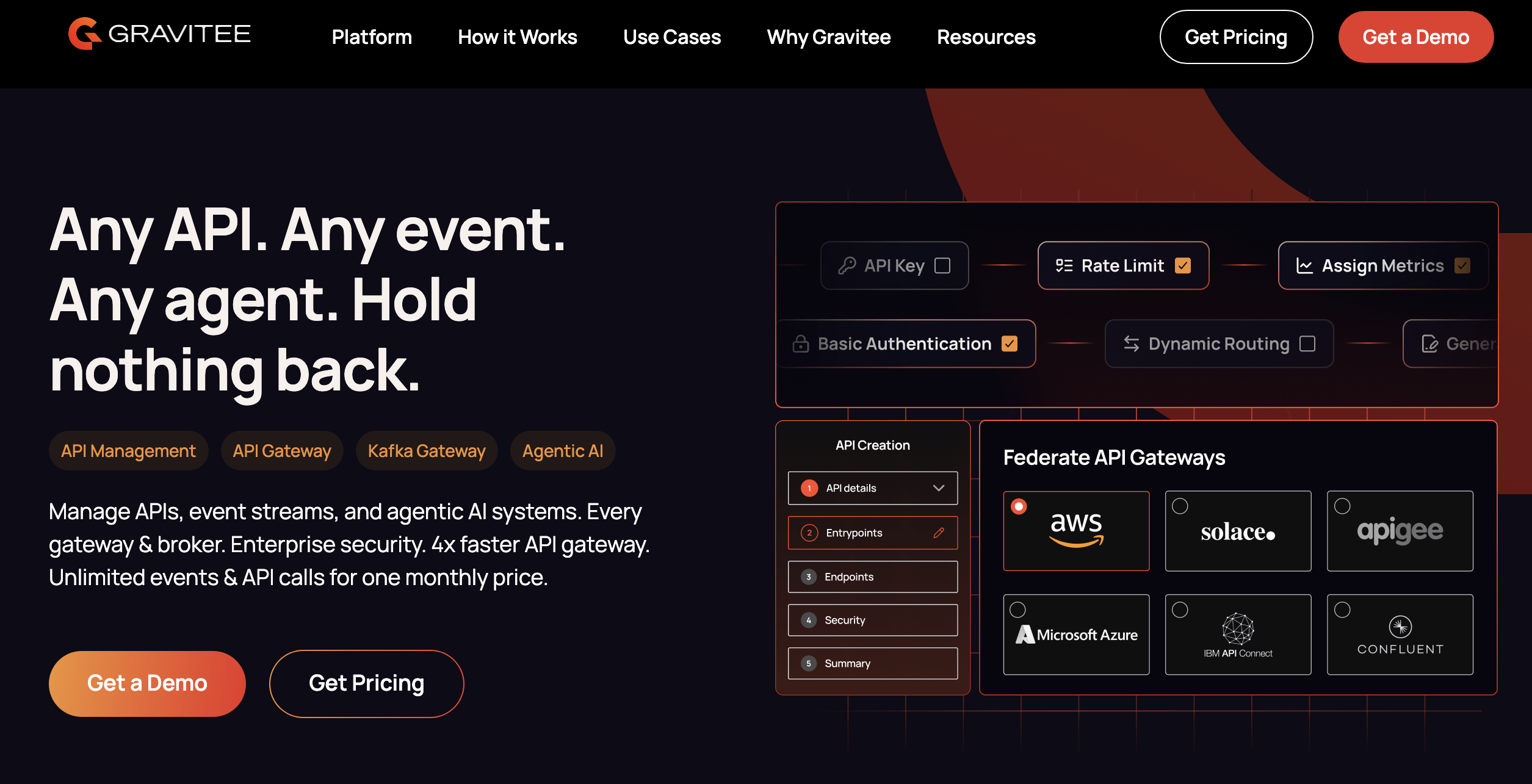
Gravitee offers a full API lifecycle management suite, including a robust internal developer portal tightly coupled with its API gateway. It caters to teams seeking end-to-end control over traffic, policy enforcement, and developer onboarding. Gravitee balances flexibility with strong governance and monitoring.
Top features Gravitee:
- Integrated portal and gateway management
- Role-based access, plans, and subscription workflows
- Developer portal with documentation and integrated API testing
4. Kong Konnect
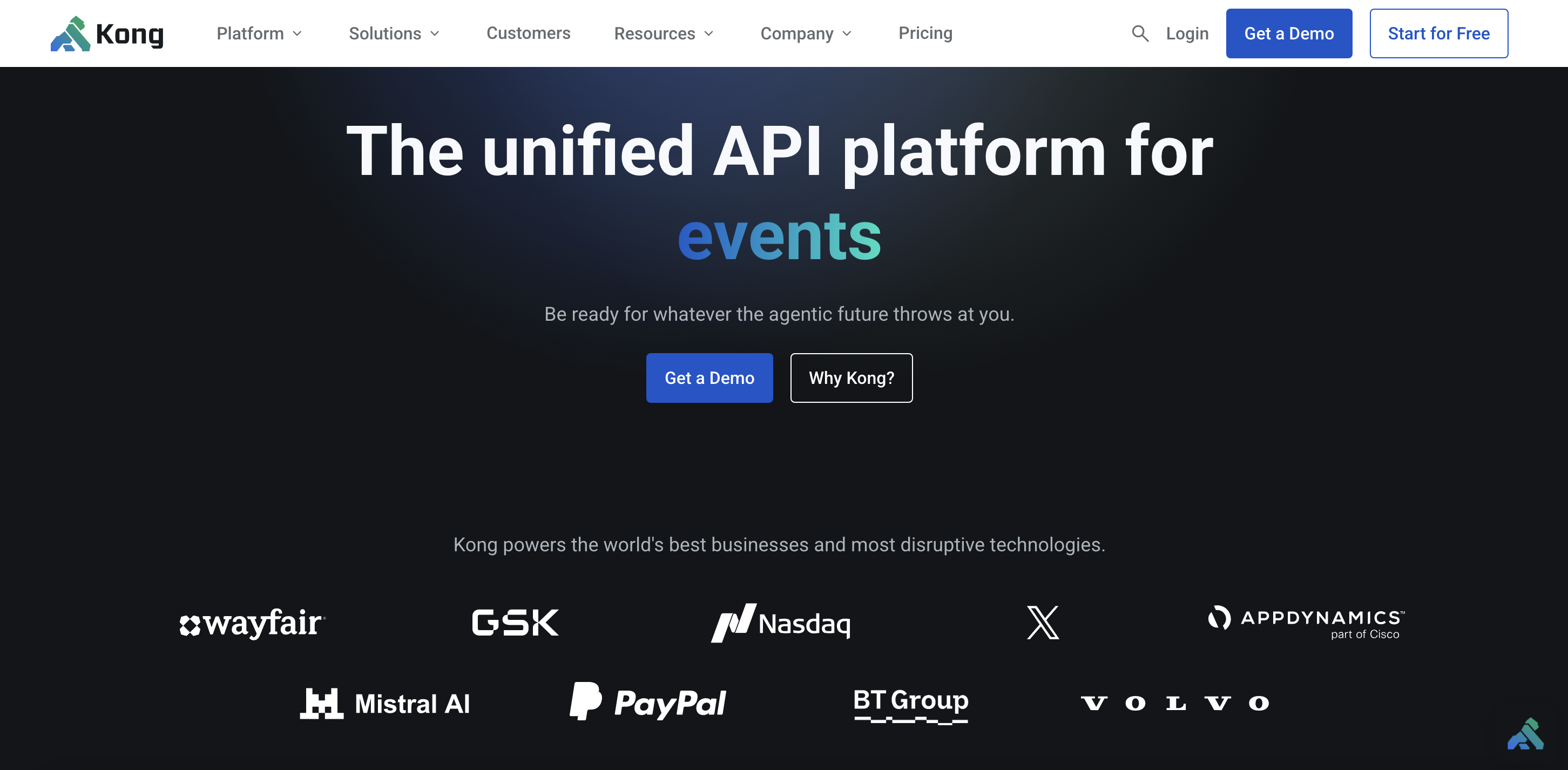
Kong Konnect is a cloud-native API management platform that offers enterprise-grade internal API portal features as part of its broader suite. Designed for high-scale, hybrid cloud environments, it enables secure API exposure and discoverability across internal teams and services.
Top features Kong connect:
- Developer portal with customizable UI and OpenAPI/GraphQL support
- Integration with Kong Gateway and service mesh
- Detailed usage analytics and team-level access controls
5. Tyk

Tyk is a lightweight, open-source-friendly API management platform that offers a clean, extensible internal portal for engineering teams. It’s especially popular among startups and mid-market tech companies that want flexibility without complex vendor lock-in.
Top features of Tyk:
- Self-hosted or cloud-managed deployment options
- Internal-facing portal with token management and testing
- GraphQL and REST support with flexible policy controls
6. Postman API Hub (Private Workspaces)

Postman’s private workspaces now serve as a lightweight internal API portal, especially for dev teams already using Postman in their API lifecycle. It focuses on collaboration, documentation, and internal sharing of collections and environments.
Top features postman:
- Private API workspaces for internal teams
- Native testing, mocking, and documentation in one place
- Easy sharing across roles and teams with workspace permissions
7. Mulesoft Anypoint Exchange
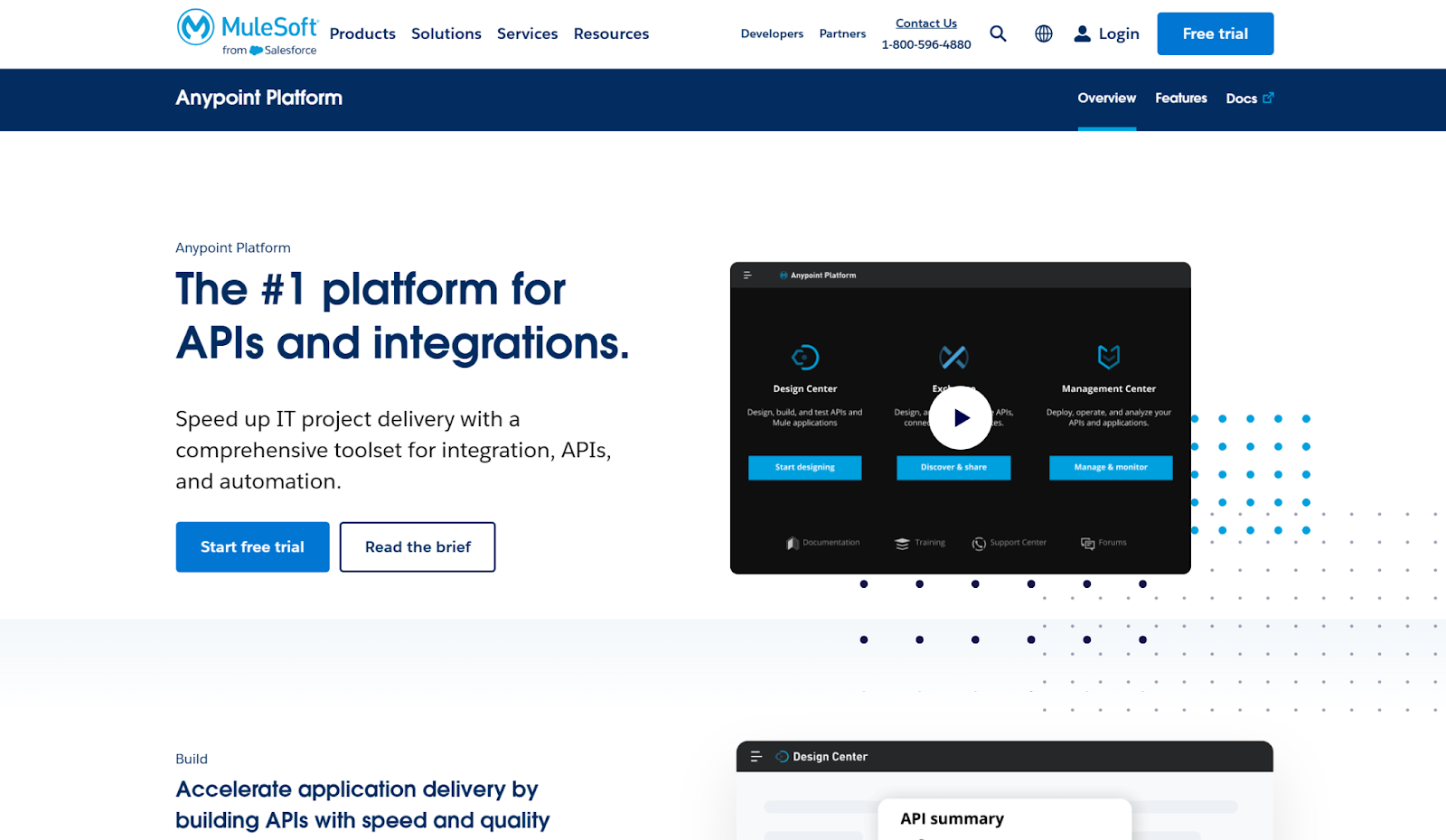
Mulesoft’s Anypoint Exchange functions as an internal API portal tightly integrated with the Mulesoft platform. It allows teams to publish, discover, and reuse APIs, connectors, and templates with built-in governance and SLA tracking—especially useful for regulated industries and large-scale enterprise integration.
Top features of Mulesoft:
- Full lifecycle integration with design, deploy, and monitor
- Discovery of APIs, assets, and templates across teams
- Governance, SLA monitoring, and analytics are baked into the Exchange
FAQs
1. What is the difference between an internal and external API developer portal?
An internal API developer portal is designed for in-house teams to discover, access, and manage internal APIs securely. In contrast, external portals target third-party developers or partners. Internal portals focus on access control, governance, and internal developer experience, while external ones prioritise public documentation, onboarding, and API monetisation or partner integrations.
2. Why does my business need an internal API developer portal?
An internal API portal helps streamline developer onboarding, improve API discovery, and enforce governance across teams. It centralises your API catalog, ensures consistent documentation, and provides access control—all essential for scaling securely. As enterprises grow, internal portals reduce duplication, speed up development, and support platform engineering and agent-readiness initiatives.
3. What features should I look for in an internal API portal?
Key features include a searchable API catalog, role-based access control, built-in API documentation, versioning, testing tools, and analytics. It should integrate with your existing gateways, CI/CD tools, and identity systems. A strong portal also supports governance workflows, metadata tagging, and self-service API access to empower developers and maintain consistency.
4.What are the best API developer portal companies?
- DigitalAPI
- Backstage by Spotify
- Gravitee
- Kong Konnect
- Tyk
- Postman API Hub
- Mulesoft Anypoint Exchange
5. What are developer portal tools?
Developer portal tools enable teams to document, discover, onboard, and manage access to internal or external APIs. They provide self-service onboarding, centralized API catalogs, analytics, and workflow automation to accelerate adoption and improve developer productivity.
6. How do API developer tools differ from developer portal tools?
API developer tools help engineers build, test, and monitor APIs, focusing on debugging, performance, and integration. Developer portal tools help users access and consume APIs by providing documentation, onboarding, API keys, and self-service support for internal and external developers.
You’ve spent years battling your API problem. Give us 60 minutes to show you the solution.
.svg)



